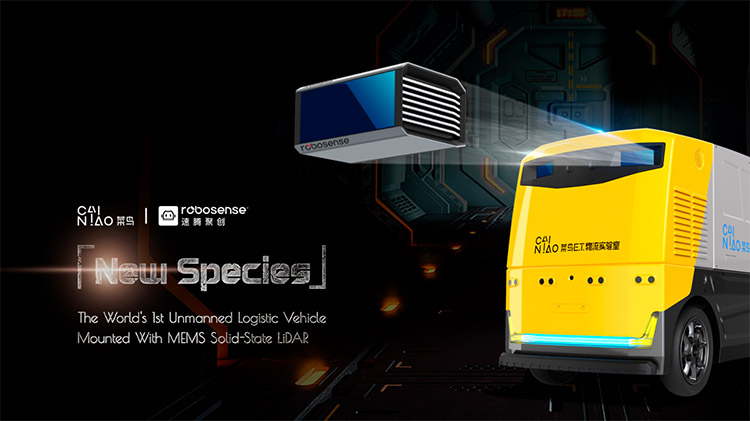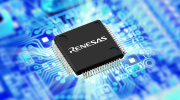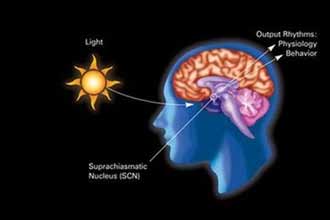With the progress of science and technology, the rapid development of the Internet of things embedded technology have became popular, application products continuously penetrated into People's Daily life, from carrying mobile phones, tablet computers, home of smart TV, smart fridge, set-top boxes, and industrial production, automotive electronics, such as robot, is not to the embedded technology.It is worth noting that embedded systems will only become more and more popular, and artificial intelligence (AI) and Internet of things will still be the main direction of embedded architecture in the next few years. Domestic manufacturers should seize the trend to invest in innovation and research.
When it comes to the application of embedded system, the store to store delivery service of convenience store is the best example.When the customer USES the POS machine in store A and assigns the goods to be delivered from the store to the friend of store B, the documents printed from the POS machine will be directly read by the bar code at the cash register and registered into the logistics and distribution server of the convenience store.The logistics company will receive the goods in store A and deliver them to the distribution center via the handheld device.The computer of the logistics center confirms the route of sending the goods to store B, designates the logistics vehicle for delivery, and then delivers the goods to store B by the logistics vehicle. After the bar code is read by store B at the cash register, the logistics server will send a message to the mobile phones of consumers and their friends, and inform them to pick up the goods at store B.This series of processes are done on an embedded basis.
Because of its small size, high reliability, strong function, flexible convenience and many other advantages, embedded system brings important benefits to technical transformation, product update and upgrading, acceleration of automation process, improvement of production efficiency and other aspects of all walks of life.At present, embedded products are moving towards miniaturization, low power consumption and high performance. Uav, intelligent audio, robot, intelligent family, self-driving car, robot and so on are all developing in the direction of intelligence.Embedded system is becoming more and more important in communication, network, industrial control, medical treatment, automobile and other fields.
Artificial intelligence (AI) combined with the Internet of things (IoT), the intelligent association of things (AIoT) has been sweeping in recent years, making these four letters the hottest keywords in the tech world.Artificial intelligence and the Internet of things are two important trends in the embedded field in the past two years, and many in the industry believe that the two will integrate rapidly.In the AIoT era, the internal components of the device have more subtle and intelligent functions, and the external system integration has to be more diversified and complex, so as to design the best embedded system to meet the market demand of the new era.
Although the Internet of things has sensors, wireless networks and radio frequency identification, the control operation and data processing operation of the Internet of things system are realized through embedded technology.The Internet of things controls a wide range of things, from refrigerators to surveillance cameras to wired set-top boxes, through embedded systems' hardware components and software apps.May be the production line conveyor belt and manufacturing equipment and other industrial environment equipment system;Or smart cities such as traffic signs and smart electricity meters.As long as any device can be launched through the cloud, it may become an important link in the overall application of the Internet of things.
Gartner, a research firm, predicts that there will be 14.2 billion internet-connected objects in 2019 and 25 billion in 2021, generating an enormous amount of data."Data is what drives the Internet of things, and companies' long-term success will be determined by the meaningful information they extract from it," said Nick Jones, vice President of Gartner. "in the future, ai will be used to process all kinds of Internet of things data, including video, still images, voice, web traffic, and sensor data."

In addition to the Internet of things, artificial intelligence will also be an important development of embedded systems in the future.Artificial intelligence is expected to have a profound impact on our daily life and industrial development in the coming decades.In the past, the operation mode of embedded Internet of things industry was to collect data through embedded devices, transmit data through Internet of things, and analyze big data with cloud artificial intelligence.After artificial intelligence is added in the future, the operation mode of embedded Internet of things will change, the computing capacity of the device will be improved, and the computing will move from the cloud to the fog end and the edge end, and the computing architecture will change accordingly, changing to CPU plus GPU, or combination of CPU, USB and FPGA, and multiple embedded computers will cooperate with FPGA to save energy.
You can't talk about AIoT without talking about robots.Embedded controllers are becoming more and more miniaturized and functional, and micro-robots and special robots are also gaining greater development opportunities. Both the structure of the control system and the intelligence degree of robots have been improved.
Intel has aggressively entered the automotive electronics embedded systems market in recent years. Amnon Shashua, President and CEO of Mobileye, explained Intel's latest strategy for self-driving cars at the consumer electronics show (CES) in 2019, which will use self-driving technology to improve road safety today.Intel builds self-driving embedded technology and ecosystem, and continues to accelerate the advancement of self-driving technology.The above trend is expected to contribute to the growth of the global automotive embedded systems market. According to the forecast by research firm Markets And Markets, the annual compound growth rate (CAGR) of the global automotive embedded systems market from 2017 to 2022 is estimated to be 6.87%, And the market size by 2022 is estimated to be $38.47 billion.
Industrial 4.0 is a hot topic in recent years, rise to the Internet of things from the network era, industrial automation and 4.0 line networking, it is the core meaning of intelligent manufacturing, through the embedded processor, storage, sensor and communication module, the equipment, products, materials, software together, make the product and different production equipment connectivity.
Although embedded systems have existed and been used in industrial production environment for a long time, the biggest difference between the present and the past lies in the increasing complexity and diversity of application modes, which increases the demand for the integration of embedded systems with other systems, and requires smaller size, lower cost and higher stability.In the future smart factory, the equipment in each link has the independent ability to automatically complete the production line operation. The equipment can communicate with each other, monitor and eliminate problems in real time, making the production process more flexible to meet the multi-layer requirements of customers and relying more on edge computing, artificial intelligence and data analysis.
With the emergence of smart hardware in recent years, people's understanding of the application of embedded system has been gradually changed. With the continuous emergence of innovative applications and demands of uav, self-driving car, wearable device, smart home, smart city and other relevant industrial technology products, the application technology of embedded system will only be deepened and extensive.

 Inglés
Inglés  Chino
Chino  Alemán
Alemán  Coreano
Coreano  Japonés
Japonés  Farsi
Farsi  Portuguese
Portuguese  Russian
Russian  Español
Español 





